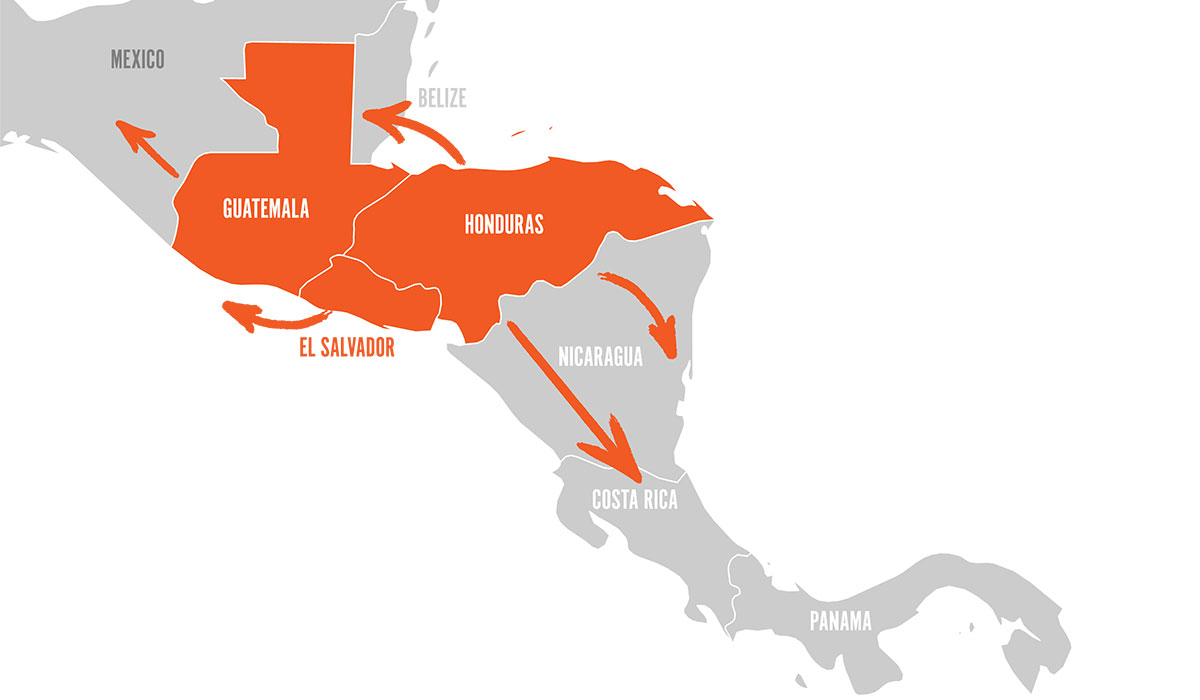“How do current immigration policies in the Northern Triangle and surrounding region influence lawful and illegal migration flows? What improvements could be made to regional immigration policies to better manage regional migration flows?"
Final Report

Abstract
Near-record apprehensions along the U.S.-Mexico border have made it urgent to address the new flows from Central America and other world regions. Families traveling together, children traveling alone, and adult asylum seekers comprise a majority of the new flows, thereby reducing the effectiveness of traditional U.S. border security strategies that were designed to address flows of largely Mexican men seeking work in the United States. At times during the past year, the sheer volume of arrivals has challenged CBP’s ability to carry out basic border enforcement activities such as migrant detection, processing, custody, and transportation.
Over the past few months, the outline of a more robust regional approach to managing migration flows is emerging, with the governments of Mexico, Guatemala, El Salvador, Honduras, Costa Rica, and Panama making commitments to partner with the United States. The U.S. and Mexican governments have worked closely together on the Migrant Protection Protocols (MPP) as well as enhancements to Mexican enforcement efforts. The Guatemalan government has signed an agreement to process asylum claims from third country nationals in Guatemala, while Honduras and Guatemala have made commitments to deal with migrant smuggling and repatriation of their nationals. Panama and Costa Rica already collaborate extensively with DHS around screening migrants passing through their territories, but they are in discussions with U.S. authorities on further measures to limit northward flows.
Through extensive interviewing of government and non-governmental leaders, we will assess the institutional and policy capacity of these governments to implement current agreements; their ability to strengthen their institutional structures to deal with migration flows, potentially provide asylum, and reintegrate repatriated migrants; and other potential options for regional cooperation in managing migration effectively.
We will also map in detail migration flows from Central America and from countries outside the region (including from Asia and Africa). We will use publicly available datasets, supplemented by qualitative interviews in Central American countries, to construct a more detailed map of primary sending regions and how these have shifted between 2014 and 2019.
Results will be published in an accessible report and disseminated via a private roundtable for key stakeholders, a public launch event, and through media and web-based platforms.
This study will inform DHS, the U.S. government, regional stakeholders, and the public about the complex and quickly changing dynamics of regional migration and the possibilities of a sustainable regional approach to better management of migration flows.
Publications
Presentation - Overview
Policy Paper - One Year after the U.S.-Mexico Agreement: Reshaping Mexico’s Migration Policies
Presentation - Quarterly Meeting




